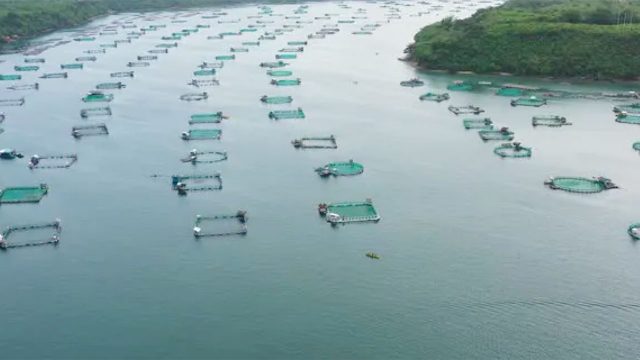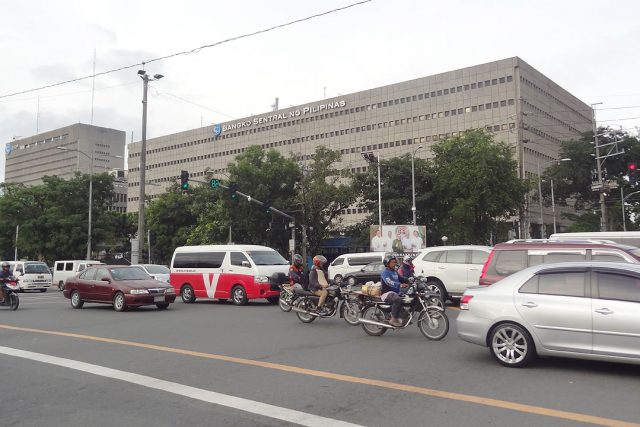CALAX Silang (Aguinaldo) set for Q3 opening
MPCALA Holdings, Inc., a unit of Metro Pacific Tollways Corp. (MPTC), said the road section connecting Aguinaldo Highway to Silang East interchange of the P35-billion Cavite-Laguna Expressway (CALAX) project is expected to open by the third quarter of the year.
“We’re completing the Subsection 4, that’s from Silang East to Silang (Aguinaldo),” MPCALA Holdings President and General Manager Roberto V. Bontia told BusinessWorld in a recent interview.
“Yan ‘yung segment na that we are expecting na magkakaroon ng malaking traffic kasi (We expect huge traffic on this segment because) it will be an interchange directly coming from Aguinaldo Highway,” he added.
The company holds the concession for CALAX with a 35-year concession period. The project connects Manila–Cavite Expressway (CAVITEX) and South Luzon Expressway (SLEX).
“The Subsection 4, we are expecting to complete that by the third quarter or early fourth quarter of this year. That’s expected to open,” Mr. Bontia noted.
The CALAX project has eight subsections: Kawit to Open Canal (subsection 1), Open Canal to Governor’s Drive (subsection 2), Governor’s Drive to Silang (subsection 3), Silang to Silang East (subsection 4), Silang East to Santa Rosa (subsection 5), and Santa Rosa to Mamplasan (subsections 6, 7, & 8).
Subsections 6 to 8 started operations in 2019 and CALAX Laguna segment interchanges, which are part of the subsections 6 to 8, opened the following year. These interchanges are the Laguna Boulevard Interchange and the Laguna Technopark Interchange.
“‘Yung Cavite portion, ‘yung Subsections 1 to 3, ongoing pa rin ‘yung right-of-way acquisition (The right-of-way acquisition process for the Cavite portion is still ongoing),” Mr. Bontia said.
“But as we speak, there are about six areas where construction is already in progress.”
Last year, CALAX Subsection 5, which connects Silang East to Sta. Rosa-Tagaytay Road Interchange, was inaugurated, extending the expressway’s operating sections from 10 to 14.24 kilometers.
Full completion of the 45-kilometer CALAX project is expected in 2023.
According to the Department of Public Works and Highways, the project is expected to provide efficient transport facilities for the ecozones in Cavite and Laguna.
It is also seen to reduce traffic congestion, particularly in Governor’s Drive, Aguinaldo Highway and Sta. Rosa-Tagaytay Road, and boost the competitiveness of Region IV-A or CALABARZON (Cavite, Laguna, Batangas, Rizal, and Quezon) as an investment destination.
Once fully operational, the project is expected to cut travel time between the CAVITEX and SLEX to 45 minutes from the current 2.5 hours.
MPCALA Holdings is a subsidiary of Metro Pacific Tollways Corp., the tollways unit of Metro Pacific Investments Corp., which is one of three key Philippine units of Hong Kong-based First Pacific Co. Ltd., the others being Philex Mining Corp. and PLDT, Inc.
Hastings Holdings, Inc., a unit of PLDT Beneficial Trust Fund subsidiary MediaQuest Holdings, Inc., has a majority stake in BusinessWorld through the Philippine Star Group, which it controls. — Arjay L. Balinbin













